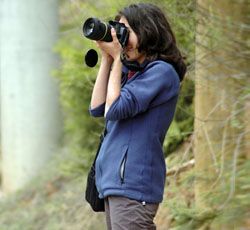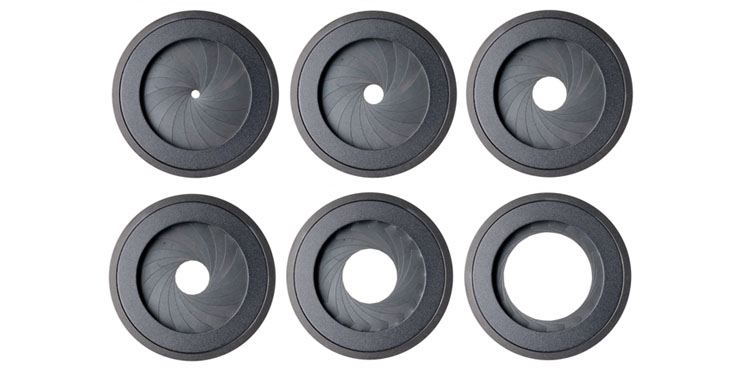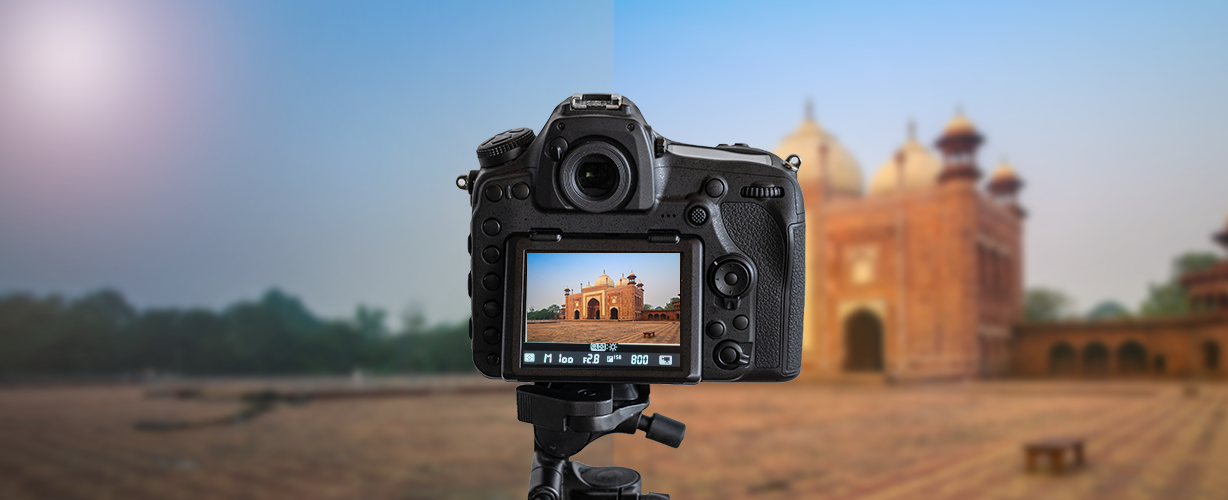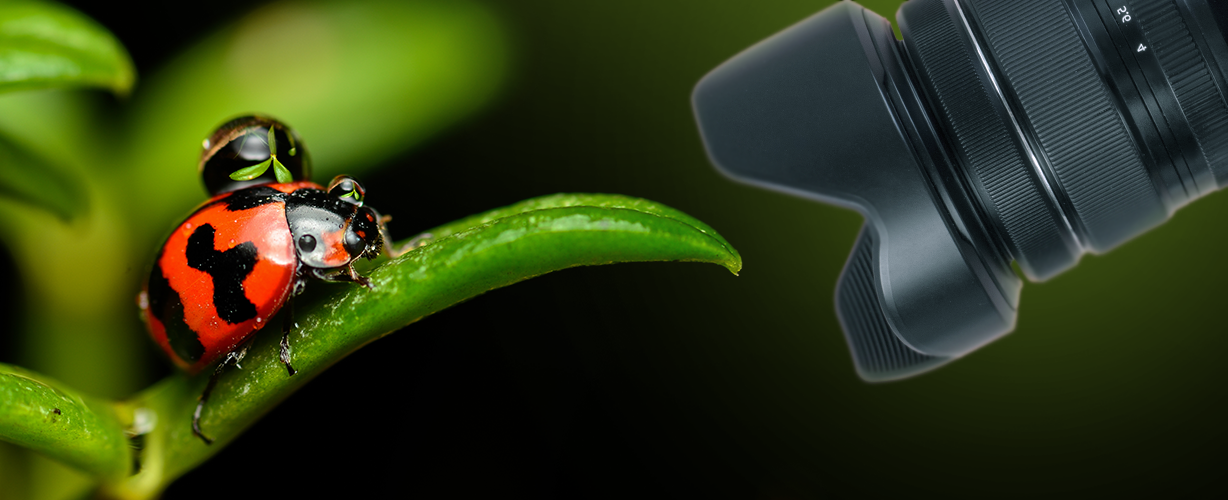Take your camera out of its auto setting mode, start using the aperture priority, and watch the change take that will place in your photos. The aperture on any camera measures the diameter of the lens opening and this will determine the amount of light that reaches the film or in digital photography, the image sensor. The aperture of lenses is known as the ‘f’ number, or ‘f’ stops. F-stops start at f/1.4 and allow the most amount of light to filter in, and gradually as the f-stops becomes larger in number (f2, f2.8, f4 etc) reaching the largest f-stop of f/22 the amount of light is less and less. As the f-stop increases in number, less and less light enters the camera. Imagine the aperture as the iris of your eye. Under very bright light, the iris contracts, while under dimmer lit conditions the aperture expands to allow more light in. The speed of a lens is known as its greatest aperture opening.

Why would you want to start using aperture mode? While shooting in manual form gives the greatest control, you may not have the time to figure out all the setting for a particular day of shooting. To take some of the time and guess work involved in shooting in manual mode out of the equation, cameras will give you the option of photographing using either your aperture priority setting or your shutter speed priority. If you are using the aperture priority on your camera, you will pick the aperture and the camera figures out the correct shutter speed. If you are using the shutter priority, you will determine the shutter speed and your camera will calculate the most appropriate aperture opening. Both the aperture and shutter speed priority deal with controlling how much light is allowed in, but of the two, the aperture mode offers greater control over the quality of the photographs.
The greatest advantage of using the aperture priority is that it will allow for great control over the depth of field. The depth of field is measured as the distance between the objects that are closest and farthest away. It helps the lens to focus on what will be sharp and in focus and what will be out of focus. A small f-stop, or large aperture creates a shallow depth of field. This means that the object that is your main focus will be very sharp, and everything beyond it will become increasingly blurry. This is a great technique to employ when you want to focus on one particular part of a photograph that has a great deal taking place in it. Imagine you are photographing your favorite musician on a very intricate stage. You want them in focus, and the rest of the image to blur into the background so that the attention of the person who views the photograph will immediately get drawn to the main object of focus. Wide apertures are also great for macro-photography because they will allow the photographer to focus on very small object and bring it into great focus, while the rest of the photo becomes part of the background. Using a wide aperture is also a great advantage when photographing portraits under low light conditions, as you will not need to use your flash.

The opposite is true when photographing nature scenes, as it is ideal to get the most depth of field. To do this you would want both the foreground as well as the background to be in equal focus, and this is achieved by using a smaller aperture.
The best way to really get to know your camera, and begin to fully trust your own photographic intuition under all situations is to play around with it, and using the aperture control setting will let you focus on one aspect about the photograph while the camera picks the rests of settings for you.
– Photo Wizard
SmartPHOTOeditors



